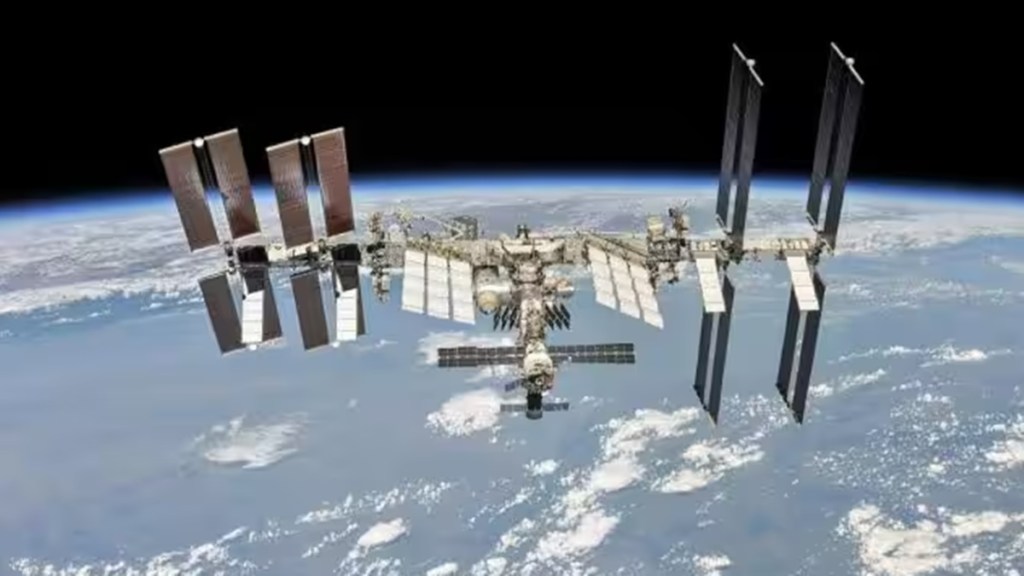India’s space program has made significant strides in recent years with successful missions to the Moon and Mars, as well as the launch of various commercial satellites, which have spurred growth and innovation.
Delving deeper into the potential growth prospects of the Indian space sector, a report titled “Exploring Opportunities for Indian Downstream Spacetech” was jointly launched by nasscom, Deloitte Touche Tohmatsu India LLP, and the Indian Space Association (ISpA) at the Indian Space Conclave 2023.
This report sheds light on India’s burgeoning space economy and the collaborative possibilities it offers to both the private sector and the government, with a specific focus on downstream spacetech. It emphasizes the need to bridge the gap between space technology and practical applications, recognizing the strategic importance and dual-use capabilities that combine commercial potential with implications for national security and strategy.
The report primarily segments the space sector into three core areas of commercial satellite applications: Remote Sensing/Earth Observation (EO), Positioning, Navigation, and Timing (PNT), and Satellite Communication (SATCOM). Within these segments, it identifies more than 200 potential use cases, with a deep dive into approximately 25 strategic use cases in earth observation, satellite communication, and positioning/navigation services. These services are poised to drive growth and innovation in the Indian spacetech sector over the next five years.
For instance, earth observation technology has found critical applications in agriculture, including crop insurance, yield monitoring, and disaster management, as well as in biodiversity conservation, such as natural resource extraction, mining, and urban development. Similarly, SATCOM-as-a-service has the potential to facilitate in-flight and remote area connectivity, DTH broadcasting, and improvements in healthcare through telehealth and tele-education. India’s PNT program, including NavIC, can play a pivotal role in transportation, communication, and defense.
A comprehensive approach to data aggregation and analysis of space-based data, combined with a cross-sectoral and cross-segment strategy, holds immense business potential for addressing real-world challenges and unlocking value that was previously considered unattainable. The government’s role as a catalyst in this process cannot be underestimated. As technology matures and new business models are explored to meet the demands of various sectors within a commercially viable framework, innovative service delivery models will enable broader applications across sectors.
Sreeram Ananthasayanam, Partner at Deloitte Touche Tohmatsu India LLP, expresses his aspirations for the Indian space sector, stating, “The India Space Policy 2023 marked a significant moment, opening the doors to private capital to bolster public initiatives and ignite a dynamic, competitive space industry. Private enterprises, start-ups, and government initiatives are coming together to reshape India’s thriving space economy. The downstream space sector has the potential to make a significant impact on India’s economy and society. By addressing challenges related to awareness and adoption on a large scale, India can position itself as a global leader in this sector and reap numerous benefits.”
Downstream applications are essential for generating revenue and making a substantial impact on the space economy, which can, in turn, support progress in other areas. Focusing on innovation, cost-effectiveness, and dynamic growth prospects in areas such as Artificial Intelligence (AI) and machine learning, the downstream space sector presents a promising frontier for forward-thinking investors.
The emergence of private enterprises and capital in core space activities, as exemplified by the launch of NewSpace in India, is set to redefine industry standards and objectives. Lt Gen Anil Kumar Bhatt, Director General of ISpA, emphasizes, “In the dynamic space arena, India’s dual-purpose mission prioritizes safeguarding national security and strengthening defense capabilities. Space’s rise as the fourth operational domain compels us to secure our space assets and access. This journey requires steadfast policies, global collaboration, and cutting-edge technology. Recognizing space’s multifaceted nature, we focus on advancing space tech, satellites, and situational awareness to enhance national security and readiness for the future.”
Leveraging India’s well-established software industry, combined with the integration of machine learning, AI, rapid advancements in data processing and computing capabilities, and the global decline in storage costs, the space sector is undergoing remarkable enhancement.
Achyuta Ghosh, Sr. Director & Head of nasscom Insights, believes, “As India boldly ventures into the cosmos with remarkable achievements, such as Chandrayaan-3, we see a brighter, technologically advanced future ahead. The expanding space sector will play a pivotal role in enabling sustainable and inclusive development, driven by the collaboration of the private sector and the government and cutting-edge technology integration.”
While challenges like data gaps, satellite data costs, and interference vulnerabilities persist, these issues are being actively addressed with the participation of the private sector and integration into cutting-edge technologies. Furthermore, this approach has the potential to democratize access to space-based services, benefiting individuals, small businesses, and local communities, thereby fostering innovation and progress.

